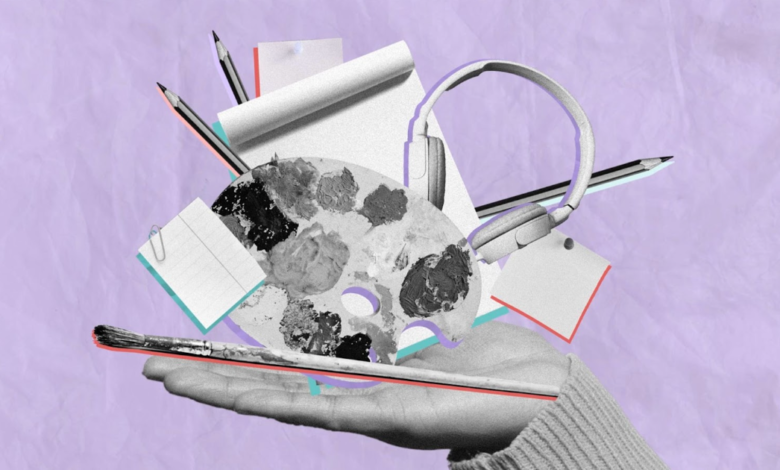3 things we learned from professional creatives about their hopes for AI

Over the past 18 months, AI has augmented and inspired the work of many creative professionals. At the same time, many are concerned about the effects of this technology on their careers and work. Our Responsible AI User Experience (RAIUX) and Technology & Society teams have been tracking these concerns to make this emerging technology even more helpful and tailored to the needs of creatives.
As part of this, we spoke to 17 creative professionals to discuss their work, identify their concerns with gen AI, and discover ways to design products to support their needs. Over the past year we spoke with graphic designers, multimedia artists, animators, film directors, industrial designers, and musicians, to understand their initial experience with gen AI. Here are the top three things we learned:
- Generative AI tools provide more people with the ability to express themselves. For many creative professionals, generative AI can rapidly expand a creative’s personal skill-set in a way that supports the creative process and facilitates their ability to express themselves.
- Creatives don’t want AI to make the art itself — or co-opt parts of the creative process where they excel or find fulfillment. While the first impression of many creative professionals was awe at the power of these tools, people were clear that they didn’t want AI to do the work for them. The creative process is what brings them fulfillment, and gen AI tools should be helpful without taking over the creativity component.
- AI can help artists manage non-creative tasks — and focus on creativity. Where AI tools can really help artists and creatives involves removing the burden of tasks that get in the way of their creativity. In recent decades a lot of tasks have emerged that distract from creativity. To maintain a successful creative career, people are asked to master and manage marketing, promotion, social media, collaboration, networking, production, editing, and more. The professionals we spoke to expressed interest in using generative AI tools that would help to simplify, expedite, and manage the non-creative jobs required of a successful creative professional — as well as explore how AI can augment their creative work.
Drawing out this type of nuance and context is helpful for us in designing products. It enables us to hone our design priorities and uncover opportunities to support professional creatives in ways that are aligned with their needs. We’re grateful to the creative professionals who spent their time with us and shared their input. To hear from them directly check out this brief video.



![[Webinar] Master Class: Navigating the Legal Landscape with Generative AI – May 30th, 10:00 am PST | U.S. Legal Support [Webinar] Master Class: Navigating the Legal Landscape with Generative AI – May 30th, 10:00 am PST | U.S. Legal Support](https://europeantech.news/wp-content/uploads/2024/05/og.16092_2828-390x220.jpg)